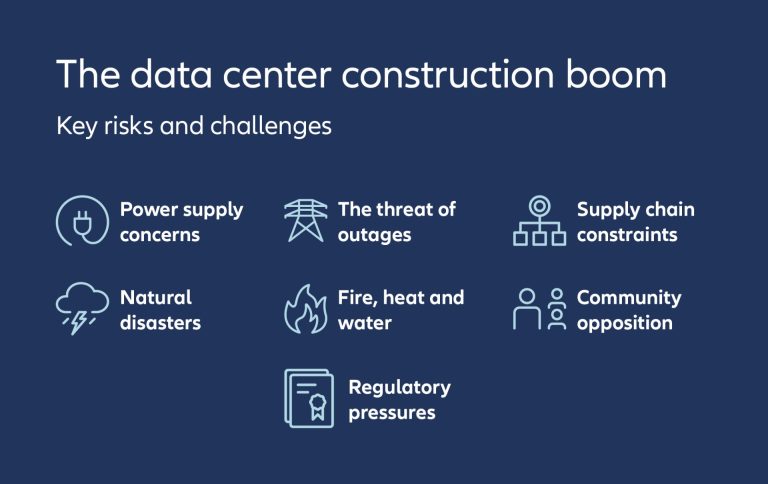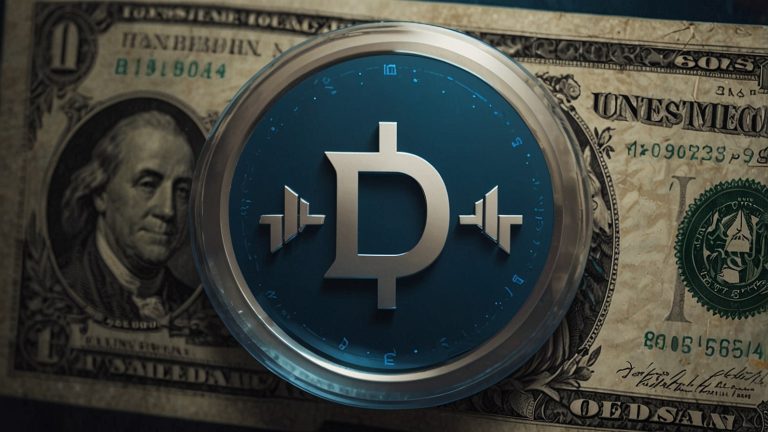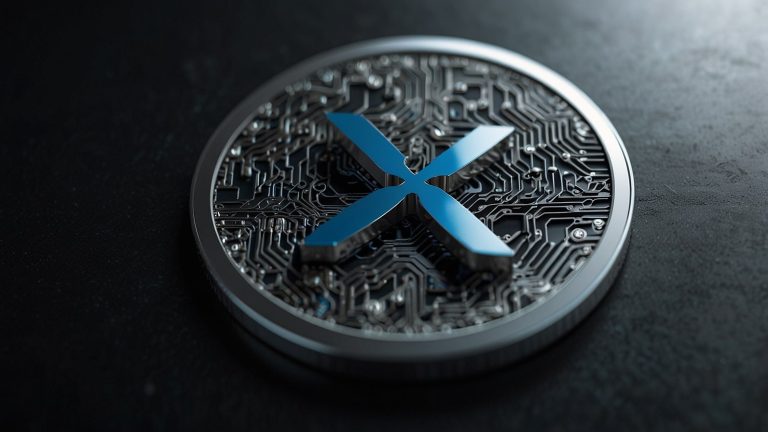Stellar Lumens (XLM) has held on to its position in the cryptocurrency market on November 10, 2025, at around 0.29 per coin, representing a slight growth of 0.75% in the last 24 hours. Against a backdrop of increased network activity and strategic alliances, the performance of XLM is against a background of a market capitalisation of approximately 8.8 billion, which is a strong indicator of an emerging prominence in cross-border payments and tangible asset tokenisation.
The total value of trading reached a high of $231.8 million in the session, which is an indication of the long-lasting interest of both retail and institutional traders since the greater crypto market is experiencing volatility. This gradual ascent can be seen as a week of consolidation, during which XLM has held the major support points that fall around the level of $0.27, despite the fact that it has been performing worse than the world crypto index by a very slim margin.
The action of the token shows the specialisation of Stellar as a financial inclusion bridge, especially in the emerging markets, where cheap transactions and interoperability are the most important stipulations. Since developers rush to the platform and adoption rates are skyrocketing, November 10 is a day of silent hope for XLM holders looking at the long term.
Explosive Q3 Growth: More than 1 Billion Operations Processed
The report issued by Stellar at the end of the third quarter of this year gave the impression of strong ecosystem growth, which still resonates with the market dynamics of the century. It performed over 1 billion operations in Q3 alone, which is a phenomenal 70% quarter-over-quarter growth and maintained a remarkable 99.99%uptime.
To a great extent, this new activity can be explained by an increase in smart contract invocations, which increased 700% over the last quarter to more than 1 million calls per day. The same can be said about developer engagement, where full-time contributors increased by 37% to enhance innovation on the platform.
The number of new developers attracted to Stellar increased to 1,450 in Q3, with the efficacy presented by its consensus system and scalable financial application development tools. These indicators confirm that Stellar is technologically mature, as well as make it a leader in the field of decentralised finance in underserved areas, with the traditional banking barriers still in place.
The real-world asset (RWA) market on Stellar grew its market capital by 14% quarter-over-quarter to $562 million with tokenisation efforts to introduce physical assets such as real estate and commodities to the blockchain network. This developmental pattern indicates that Stellar is being transformed into a multi-faceted infrastructure of tokenised economies, bringing in enterprises interested in compliant low-friction digital infrastructure.
IBM and Brazilian Stablecoin Collaboration Adoption is a Strategic Partnership
One of the biggest triggers of the current sentiment is the further strengthening of the relationships of Stellar with the international giants. In its latest Stellar Meridian 2025 conference, the network announced that it is teaming up with the Brazilian government to release a real (BRL) stablecoin to enable a smooth cross-border remittance within underbanked populations.
This project uses the speed and cost-efficiency of Stellar tens of seconds to make fractions of a cent to empower millions of people in Latin America, where blockchain-driven financial inclusion is an opportunity. To supplement this, Stellar also got a high-profile end-user of IBM, incorporating its security protocols within its token economy.
This collaboration is dubbed the Digital Asset Haven, which elevates compliance and interoperability, making Stellar a popular choice for tokenisation of institutional quality. The engagement of IBM certifies the XLM architecture of processing large volumes of regulated flows, which could open billions of dollars of enterprise usage.
To add additional fuel to such trends, Stellar has been fueled with integrations with Chainlink oracles and data feeds to boost its DeFi capabilities. These upgrades will allow tokenisation to be scaled and allow easier access by institutions, and the total value locked (TVL) has demonstrated consistent inflows even following short-term price stress. On-chain data tell of silent accumulation, with large outflows out of major exchanges, as smart investors are setting up to expect a recovery.
Technical Strength and Commercial Feeling
Technically speaking, the chart of XLM on November 10 exhibits typical signs of consolidation, operating in a narrow range of $0.2742 to $0.2870. The RSI of 29.07 indicates that it is oversold, which commonly precedes the rise in the trend in the bullish cycles.
The support of 0.27 is maintained, as the buyers are actively hedging against any downside threats, and the nearest resistance is 0.35, which will result in an upsurge of the prices to reach 0.47.
The market sentiment is bearish in the short term due to the wider crypto corrections; however, according to on-chain indicators, it is a more optimistic picture. Increasing television length/upgrades of networks are indicators of underlying conviction, although larger time periods show caution in whales.
The historical performance of Stellar in November is intriguing, though: the average monthly performance is impressively high at 58, the median value of -5.67% is a damping factor, which only supports evidence of the volatility of this token in the seasonally unpredictable months.
In the competitive environment, XLM competes with such rivals as Zcash that recently surpassed XLM in market cap ranking during a 1,172% increase on a year-to-year basis. Nevertheless, its emphasis on utility, i.e. shielded transactions and practical applications in payments, stands out in comparison to Stellar, and the excitement of future protocol improvements, including alignment with ISO 20022, keeps spirits high.
Future Projection: Future Projections and Momentum
Analysts forecast a bright future for XLM up to 2025 and more, with prices of up to $0.31 in the near future and a possible all-time high of $0.938 on the annual end, with possible engulfing patterns on weekly charts suggesting that XLM has a bright future. The longer-term projections, based on a 5% growth rate, have XLM hitting $0.3156 in 2026 and $0.3836 in 2030 as a result of fintech and RWAs adoption continuing to grow.
The fact that Stellar has the inflation mechanism debased, which further makes its deflationary story more convincing, decreases the supply overhang and benefits long-term holders. With the development of such platforms as Scopuly, which have DeFi wallets specifically designed to support XLM and provide advanced storage, staking, and the ability to work with fiat currencies, the ecosystem is becoming more accessible to users, attracting a new cohort of users.
Stellar Lumens is an example of silent power in a loud market, which can be observed on November 10, 2025. And with unprecedented expansion of its network, historic collaborations, and financial equity dedication, XLM will be even more illustrious in the tokenised future.
With innovation by developers and integration by institutions, the current incremental benefit might be the beginning of a radical surge that makes Stellar the blockchain of the people in the world. XLM has a combination of utility and low price that could be too good to resist in the changing digital asset market, with its investors paying attention to such developments.












 Bitcoin
Bitcoin  Ethereum
Ethereum  Tether
Tether  XRP
XRP  USDC
USDC  Wrapped SOL
Wrapped SOL  TRON
TRON  Lido Staked Ether
Lido Staked Ether  Cardano
Cardano  Avalanche
Avalanche  Toncoin
Toncoin